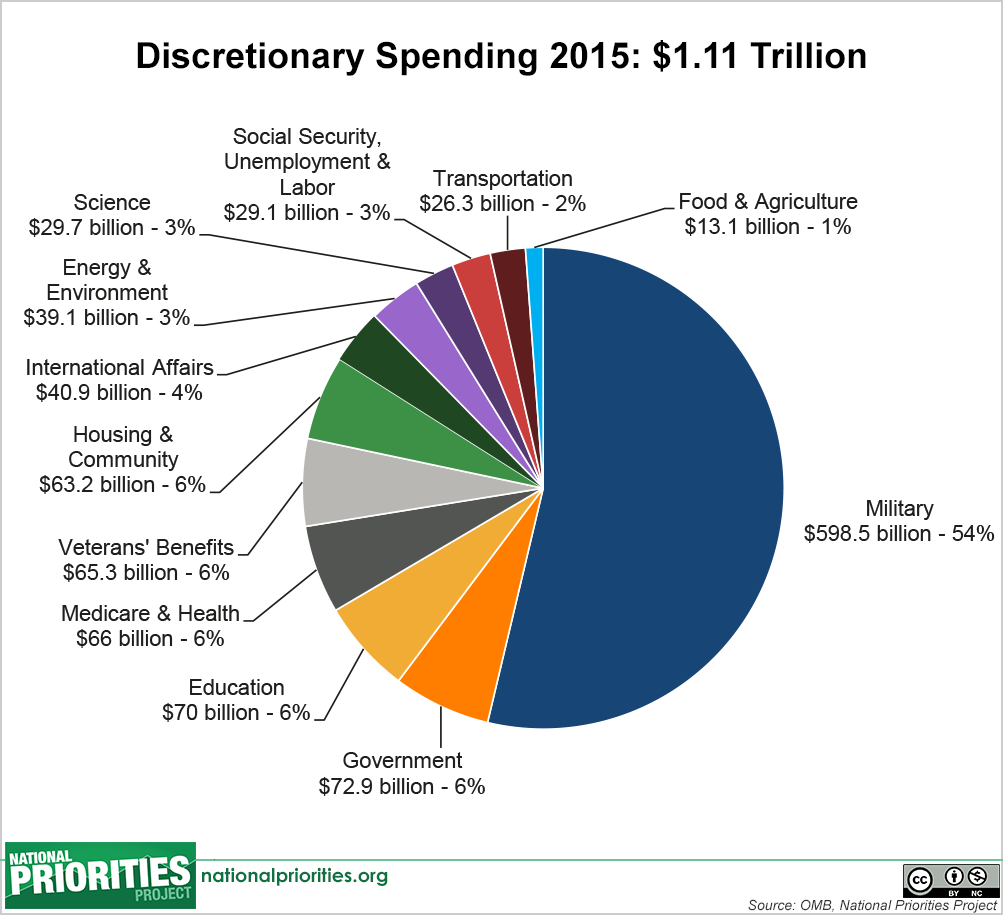

Based on the consultation on active versus investment business rules completed in August 2015, the government is not proposing any changes to these rules at this time.This change will not apply to a CCPC if all or substantially all of its active business income for the taxation year is earned from providing services or property to arm’s length persons other than the private corporation. Address planning with corporate structures by deeming a CCPC’s active business income from providing services or property in its taxation year to a private corporation to be ineligible for the small business deduction where, at any time during the year, the CCPC, one of its shareholders or a person who does not deal at arm’s length with such a shareholder has a direct or indirect interest in the private corporation. Extend the specified partnership income rules to partnership structures where a CCPC provides services or property to a partnership during a taxation year of the CCPC where, at any time during the year, the CCPC, or a shareholder of the CCPC, is a member of the partnership or does not deal at arm’s length with a member of the partnership. In order to address the multiplication of the small business deduction, the budget proposes the following changes, applicable on or after March 22, 2016:.These changes will apply to taxation years that begin on or after March 22, 2016. Furthermore, where the exception applies, the third corporation will continue to be associated with each of the other corporations in applying the $15 million taxable capital limit. Where the exception to the deemed association corporation rules applies (i.e., an election not to be associated is made or the third corporation is not a CCPC), the budget proposes to make investment income derived from an associated corporation’s active business ineligible for the small business deduction and taxable at the general corporate tax rate.As a result, the budget also proposes to maintain the current gross-up (17%) and dividend tax credit (21/29 of the gross-up rate) rates applicable to non-eligible dividends. This budget proposes to keep the small business tax rate at 10.5 percent after 2016 rather than reducing this rate to 9% by 2019 as announced in the previous budget.

Further transition rules are provided, including special transition rules for small businesses. For the first ten years, the depreciation rate for the new CCA class will be 7% for expenditures incurred before January 1, 2017. The budget proposes to calculate and transfer cumulative eligible capital (CEC) pool balances to the new CCA class as of January 1, 2017.

In addition, the government proposes to restore the age of eligibility for the Old Age Security and Guaranteed Income Supplement to 65 from 67. In its first budget, the new government has expressed a commitment to growing the economy, creating jobs and strengthening the middle class.Īs previously announced, the government has decreased the second marginal tax rate from 22% to 20.5% and introduced a new top marginal tax rate of 33% for income above $200 thousand. The Minister of Finance, Bill Morneau, presented the 2016-2017 budget in the House of Commons this afternoon.


 0 kommentar(er)
0 kommentar(er)
